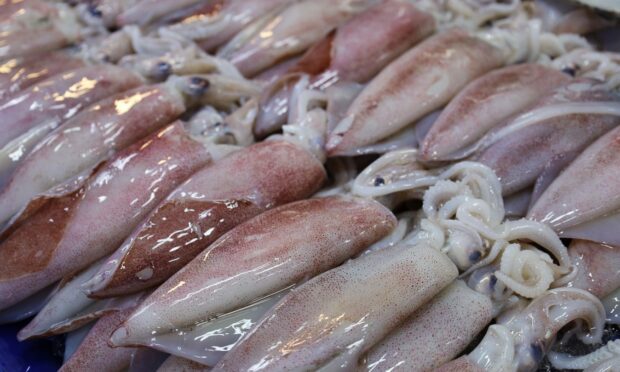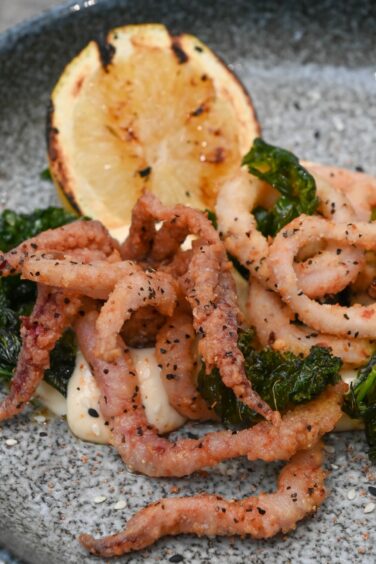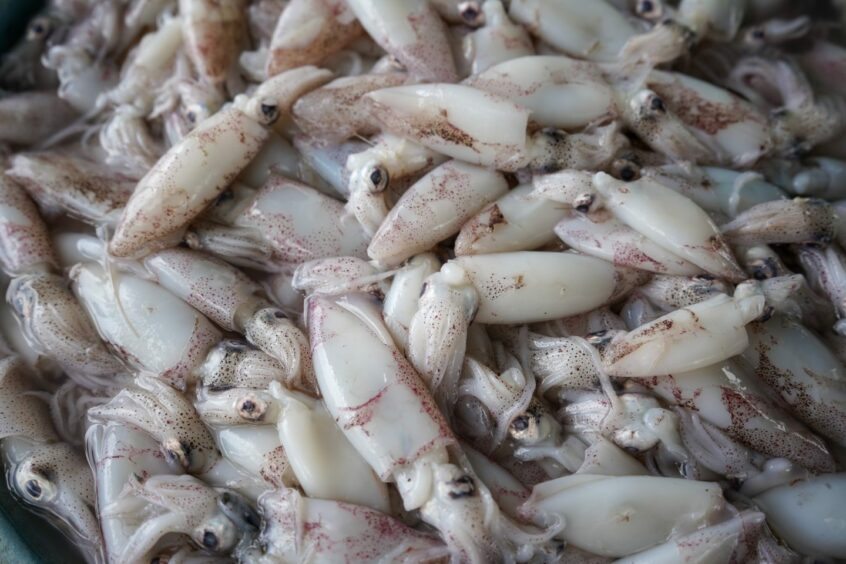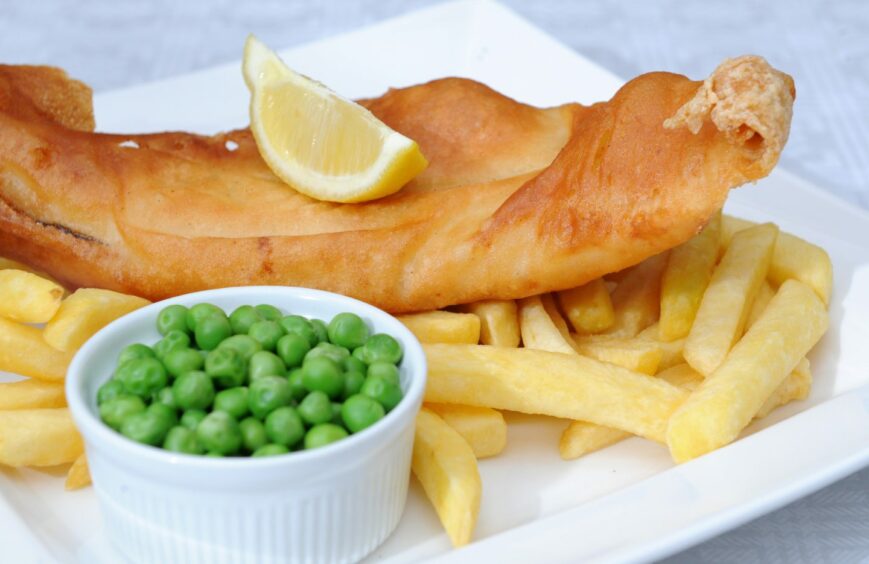Record numbers of squid are being seen in the waters around Shetland, according to an annual independent survey of commercial species.
While haddock continues to be the most abundant stock, more than three times the average amount of squid was identified by the 2022 Shetland Inshore Fish Survey carried out by UHI Shetland.
Environmental change is thought to be the most likely explanation for the sudden explosion in squid numbers.
Short-lived
Reporting the unusually high rate of squid catches and other survey findings, UHI’s scientists said: “Unlike the other species considered here, squid are known to have a relatively simple population structure as they are short-lived and breed only once.
“Consequently, squid fisheries are often characterised by substantial interannual fluctuation in landings.
“Annual stock size depends almost entirely on recruitment success and is, therefore, strongly affected by environmental conditions.”
Shaun Fraser, senior fisheries scientist, UHI Shetland, said: “The high catches of squid recorded in 2022 were a widespread feature of the data in that they were observed in survey areas all around Shetland.
“Overall, these catches corresponded to the highest relative abundance of squid yet recorded in the survey time series.”
The purpose of the survey, which has been carried out annually since 2011 using Lerwick-registered fishing vessel Atlantia II, is to provide independent information on the distribution, relative abundance and population structure of fish species in local waters.
Haddock were the biggest part of the survey catches, which were carried out in 52 different locations within 12 nautical miles of Shetland.
These included 25 areas of shallow water assessed as potential nursery grounds.
Catch rates for haddock continued to be “relatively high” in 2022, following record levels observed the previous year, the scientists said.
Cod and whiting, by contrast, were “below average abundance”.
But cod were at higher levels in shallow areas – which the scientists said pointed to a healthy stock of juvenile fish that may in time be observed on nearby fishing grounds.
Catches of flatfish and skate from inshore hauls were at the lower end of observed catch rates for these species, while results from shallow areas were more mixed.
The data from shallow water catches suggests some nearshore grounds around Shetland are nursery areas for a variety of commercial species, for example plaice and monkfish.
‘Extremely encouraging results’
Shetland Fishermen’s Association executive officer Daniel Lawson said: “Given how important inshore waters are to the Shetland fisheries ecosystem, and how vital it is for the future of fishing that nursery grounds show healthy amounts and sizes of young fish, these are once again extremely encouraging results.
“The survey work carried out by UHI Shetland is critical to our evidence-based approach to fisheries.”
Mr Lawson said this was in stark contrast to the “many” environmental groups which “rely on misplaced ideology rather than data” to advance their conservation arguments.




Conversation